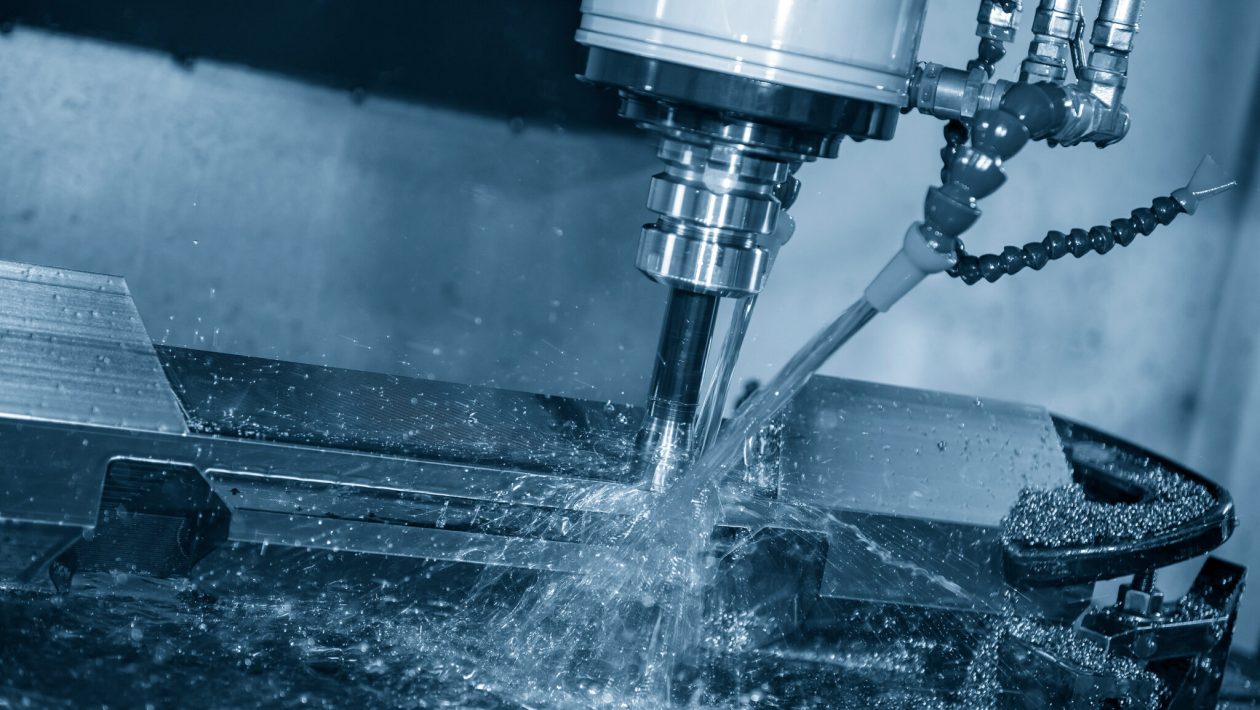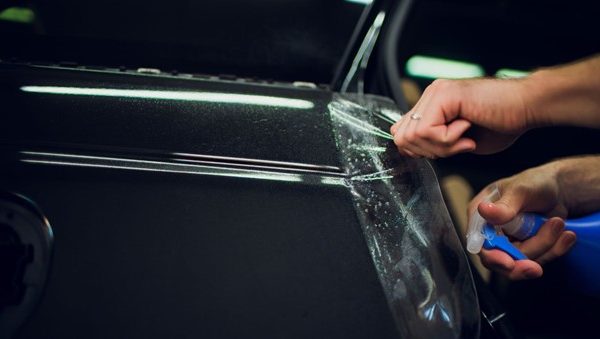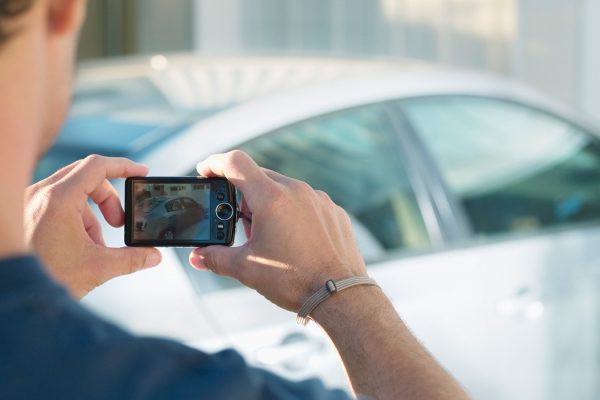CNC machining has taken over the metal fabrication and industrial world. The precision and accuracy that CNC machining offers is unmatched. With the help of these computer-controlled machines, businesses are able to achieve efficiency flawlessly and maximize profit like never before. Like any other machinery, even CNC machines have many moving parts that make the whole thing tick. All these moving parts sometimes lead to something known as machining chatter. What exactly is machining chatter? It is the vibration that happens due to the movement between the workpiece and the cutting during CNC machining. Too much machining chatter can negatively impact the precision of machined parts. Uncontrolled machining chatter leaves chatter marks on machined parts, thus affecting overall productivity.
Types of Chatter in Machining- Tool Chatter and Workpiece Chatter
As discussed earlier, machining chatter refers to the unnecessary vibrations occurring during the machining process. Such vibrations or oscillations often have disastrous effects on the finish of the machined product. What’s more? Chatter also speeds up tool wear and reduces its life. We discuss below the two primary types of chatter.
Tool Chatter
CNC machining needs to use significant force to cut through even the toughest materials with ease. However, sometimes what happens is that the tool might hit the workpiece with excessive force, thus causing tool chatter. Tool chatter is simply a phenomenon when there is excessive vibration in the tool. Tool chatter can also arise when the tool hits the workpiece at an improper angle. The geometry of the cutting tool and the cutting speed are certain factors that influence tool chatter.
Workpiece Chatter
Workpiece chatter, as the name suggests, is when there is undesired vibration in the workpiece. A lack of proper support for the workpiece is one of the main reasons causing workpiece chatter. This chatter is counterproductive as it often leads to irregular patterns or chatter marks on the surface of the machined product, thus hampering the final finish of the machined part.
Why is There a Need to Reduce Chatter?
CNC machining has become popular due to the flawless results that it helps achieve. The margin for error when machining parts is very low. Reducing machining chatter is of paramount importance for the following reasons.
To Maintain Quality
Excessive chatter means poor final results, period. Machining chatter affects the surface finish of the machined product by leaving unwanted marks on them. This affects the visual appeal of the workpiece and even hampers its functionality. As a business owner, you want your clients to be satisfied with the quality of your machining service.
To Maintain Dimensional Accuracy
Operators input instructions for the CNC machines to follow with the help of software. The CNC cutting tools stick to the instructed path to ensure accurate results. However, due to increased machining chatter, the tool might deviate from its original intended path and cause dimensional inaccuracies. Precision is one of the key factors that make CNC machining so popular. If the machining chatter is not kept under control, precision machining operations that demand tight tolerances might get severely affected.
How To Reduce Chatter in CNC Machining?
1. Determine The Correct Tool Path
One of the best ways to reduce machining chatter is to determine the correct tool path. A tool path is the precise route that the CNC cutting tool follows to achieve flawless machining. path. With a little effort, operators can optimize the tool path and ensure that the vibrations are kept at a minimum, thus achieving consistent results. Analyzing the design requirements in-depth often helps operators set an optimal tool path for CNC machines. A wide range of factors like the type, shape, and complexity of workpieces need to be considered for setting the optimal tool path and achieving the desired surface finish.
2. Cut Properly
Cut properly. The instruction cannot be any simpler. While cutting properly might sound easy and simple, it is important to understand that it plays a significant role in reducing machining chatter. Finding optimal feed rate and cutting speed are crucial for cutting properly. The feed rate and the cutting speed should be adjusted on the basis of the material being machined. Finding the perfect balance is very important as cutting too fast or slow leads to undesired vibrations. Factors like the hardness of the material and the depth of the cut required need to be taken into account. Also, make sure to use only sharp cutting tools as dull tools result in inaccurate cuts.
- Machine Setting and Maintenance
Accurate machine setting and optimal maintenance are sacrosanct for optimal performance and longevity of CNC machines. Incorporating elements like vibration dampers, such as steel springs, can go a long way in dealing with machining chatter. Vibration dampers keep machining chatter at a minimum, thus safeguarding machinery from excessive wear and tear. Regular maintenance, coupled with vibration control, ensures seamless operation and prevents costly downtime. Proper machine setting and regular maintenance are crucial for reducing chatter in CNC machining. By paying attention to these aspects, you can ensure optimal performance and minimize unwanted vibrations that lead to chatter. Paying attention to the little things like ensuring your machine is properly levelled and aligned can be immensely helpful in dealing with machinery chatter. - Choosing The Right Cutting Tool
Choosing the right cutting tool is one of the best ways to keep tool and workpiece chatter at a minimum. The cutting tool is one of the most important aspects of a CNC machine, thus having the power to significantly affect the end result of a machined product.
While choosing the cutting tool, it is crucial to consider the hardness and the thickness of the material being machined. A carbide-tipped cutting tool might be apt for aluminum machining, while a high-speed steel cutting tool might be better suited for machining stainless steel.
- Choosing The Correct Tool Holder
The correct tool holder can do wonders when it comes to providing stability to CNC machines. Stability leads to reduced chatter, thus making it important to put in some thought to get the correct tool holder. Here are some considerations to keep in mind when selecting a tool holder: - Rigidity: The more rigid the tool holder, the less will be the vibrations and the chatter. It is as simple as that. Steel and carbide tool holders are strong and offer rigidity, making them a good choice for CNC machines.
- Balanced Design: Balance is crucial because an unstable CNC machine will cause more chatter. Going for a tool holder with a balanced design guarantees even weight distribution which helps achieve minimal machining chatter.
Conclusion
As we have learned from this blog, it is in the best interest to keep machining chatter at a minimum. Doing so helps achieve increased efficiency and guarantees a prolonged life of CNC machines. We have discussed the two main types of chatter — tool and workpiece chatter. We also discussed various ways you can reduce vibrations during CNC machining. We hope this article has been insightful and helped you understand more about dealing with machining chatter.











